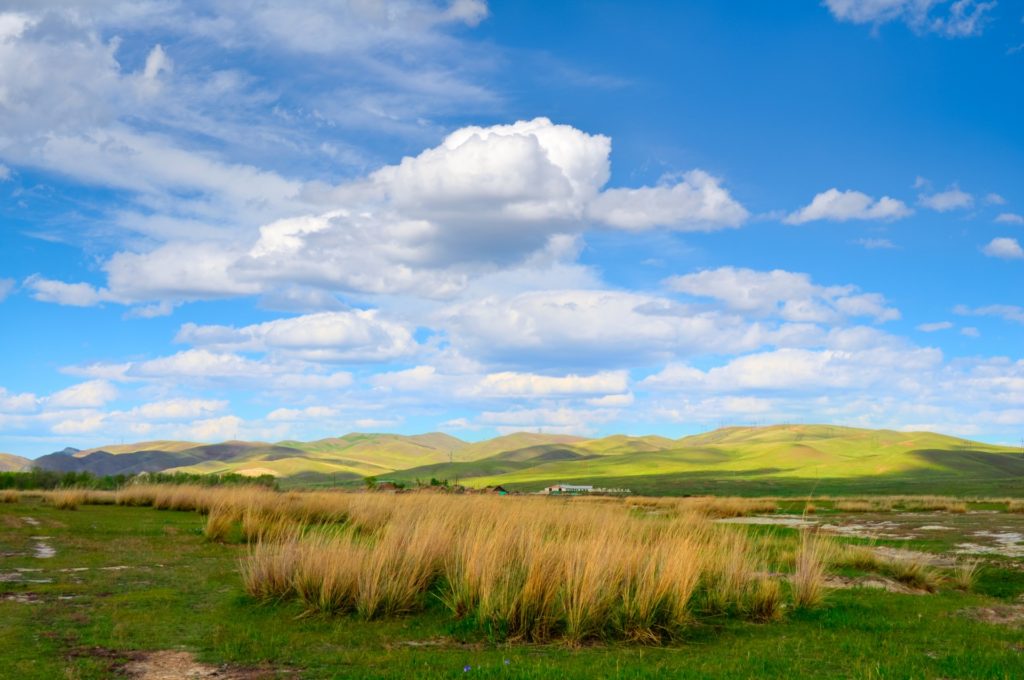It’s hard to recognize everything on a long ingredients or materials list and even harder to know if it’s an animal product, derivative, or if animals were affected in the process. Avoiding meat, dairy, and eggs is relatively straightforward, but less obvious animal components can hide in almost anything pre-prepared at the grocery store. Fake leather might not use animal hides, but are there other animal parts worked into the finished product? The cosmetics industry is notorious for both testing on animals and putting them in their formulas. It’s difficult to stay vigilant with thousands of ingredients and materials going into finished products, but here are a few common occurrences to be wary of.
You might not agree with all of PETA’s activism tactics, but they provide a whole host of useful resources online. You might want to save this long list of ingredients to your home screen for quick reference when shopping. You’ll find some of these on the ingredients list; others are only used while processing and are not listed. For instance, bone char, or animal bone ash, is used to make white sugar; monoglycerides, glycerides, and glycerin comes from animal fat and can be found in dessert mixes, candy, and margarine; casein found in supposedly non-dairy creamer and soy cheese is a milk protein; gelatin is a protein collected after cooking skin, tissues, and bones from cows and pigs. Making fresh food from scratch is one of the best ways to avoid, or at least reduce, your chances of consuming surprise ingredients.
Leather is an obvious animal product, but animal ingredients can be found in the dyes and glues in alternative leather items. “Natural” dye can refer to animal dye, after all. Some clothing dyes are made from crushing massive amounts of insects or snails to obtain bright red, indigo, and purple. Glue is an organic product made from boiling hide and tissues, primarily pigs and cows, and is used to fasten textiles. But alternative leather products can be cruelty-free. These cork handbags from Portugal are a luxurious, eco-friendly choice that boast qualities better than leather: they’re waterproof, lighter, more durable, and easy to clean. The bark is sustainably harvested from cork trees—a process that encourages healthy, continual growth. Eve Cork also uses vegetable dyes and vegan glue to create a beautiful high-fashion line.

Beauty products might be the trickiest category of goods because they contain a lot of unfamiliar chemicals and formulas.“Natural” doesn’t always mean what we assume. Fat, proteins, and oil are extracted in the cosmetics and beauty industry. Guanine, or pearl essence, is from fish scales and used to make nail polish and shadows shine with iridescence. Alpha-hydroxy acid, collagen, and elastin in anti-aging creams are frequent perpetrators. Steroids and cholesterol are found in creams and hair products. Many of the vitamins in all sorts of beauty treatments and applications are extracted from mammals and fish.
There are many plant-based alternatives to animal products. A lifestyle change that involves reducing the number of products you use and consume is a great method to save money, animals, plants, synthetic materials, and the other resources it takes to produce them. Buy durable, long-lasting products like those made from cork, and simplify your cleansing, moisturizing, and make-up routines to be a true eco-loving vegan.


